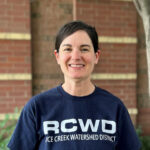2022 RCWD Lake Water Quality Report Summary
Annual water quality report of lakes in the Rice Creek Watershed District.
Learn More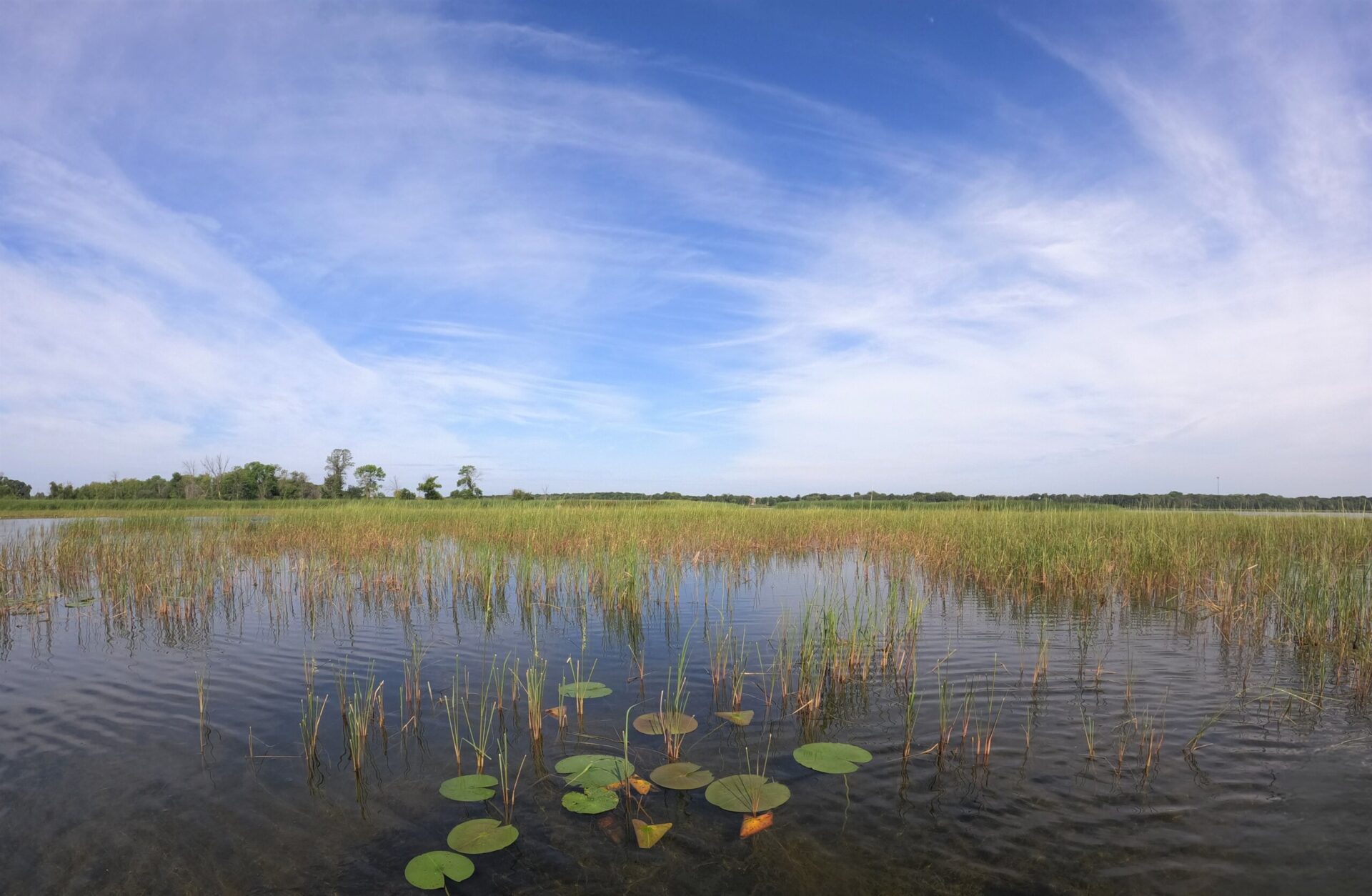
RCWD is committed to maintaining good water quality throughout the watershed for it’s communities.
RCWD and its partner organizations maintain several monitoring programs on our lakes, streams, and ditches to track and manage their water quality. These programs monitor different indicators of water quality that describe the general health of a water body. Reliable monitoring data allow resource managers to diagnose and mitigate potential problems by producing and executing effective management plans.
A summary of the most recent water quality report card for RCWD is available below in the Resources.
Click here for more detailed information and raw data on water bodies in RCWD: MPCA Surface Water Data
Understanding water quality enables us to manage our water resources effectively. By monitoring parameters such as pH levels, dissolved oxygen, nutrient concentrations, and contaminants, we can identify potential threats to water quality and take measures to stop or lessen them.
Knowledge of water quality also helps us make informed decisions about land use, ensuring sustainable water management. By maintaining good water quality, we protect aquatic habitats, support healthy fish populations, and preserve the ecosystems of our lakes, streams, and rivers.
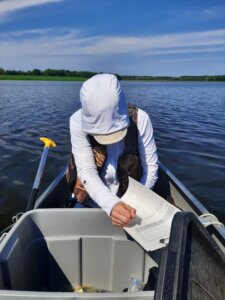
It gives us valuable information about the health of our water resources. We can find out if they meet the state’s standards for water quality and if the lakes and streams in the Rice Creek Watershed are in good condition. Monitoring also helps us find out where pollutants come from, especially when we use a network of monitoring sites. By figuring out the sources and amounts of pollutants, we can plan activities and projects to improve and fix any problems we find.
Basic Lake & Stream Observations
During the sample collection process, we gather valuable data by making essential observations about the water body, encompassing various parameters such as water temperature, pH, dissolved oxygen, odor, wildlife presence, stream discharge, and characteristics of the surrounding environment.
Phosphorous & Chlorophyll-a
Phosphorus, a nutrient essential for plant growth, can contribute to excessive algae growth when present in high concentrations. Chlorophyll-a serves as a key indicator of plant growth, specifically algae. Excessive algae can diminish water clarity and deplete oxygen levels, posing a threat to aquatic life. By monitoring and controlling phosphorus and Chlorophyll-a levels, we can effectively manage and mitigate the risks of harmful algal blooms.
Water Clarity
This measurement serves as a valuable indicator of water quality as it provides insights into the amount of suspended particles and algae present. Optimal water clarity is crucial for the growth and development of aquatic plants, as they require sufficient sunlight to thrive. By monitoring water clarity, we can gauge the health of aquatic ecosystems, identify potential issues such as excessive algal growth, and take appropriate measures to maintain or improve water quality.
Aquatic Life as an Indicator of Health
To support a thriving and diverse population of fish and invertebrates, it is essential for lakes and streams to have clean water, suitable habitats, and a good supply of food sources. By studying the well-being of fish and invertebrate populations, we can gain insights into the overall ecological balance of a water body, detect early signs of degradation, and take proactive measures to address problems affecting aquatic life.
RCWD staff, as well as members and volunteers of several other organizations, collect water samples from lakes and streams. During these site visits, RCWD measures several elements of water quality including phosphorus, nitrogen, chlorophyll (presence of algae), and Secchi Disk (transparency). Vertical depth profiles for each lake are also created, including temperature, dissolved oxygen, conductivity, and pH. Additionally, staff monitor streams for water quantity, aquatic habitat quality, and stream stability (bed and bank erosion).
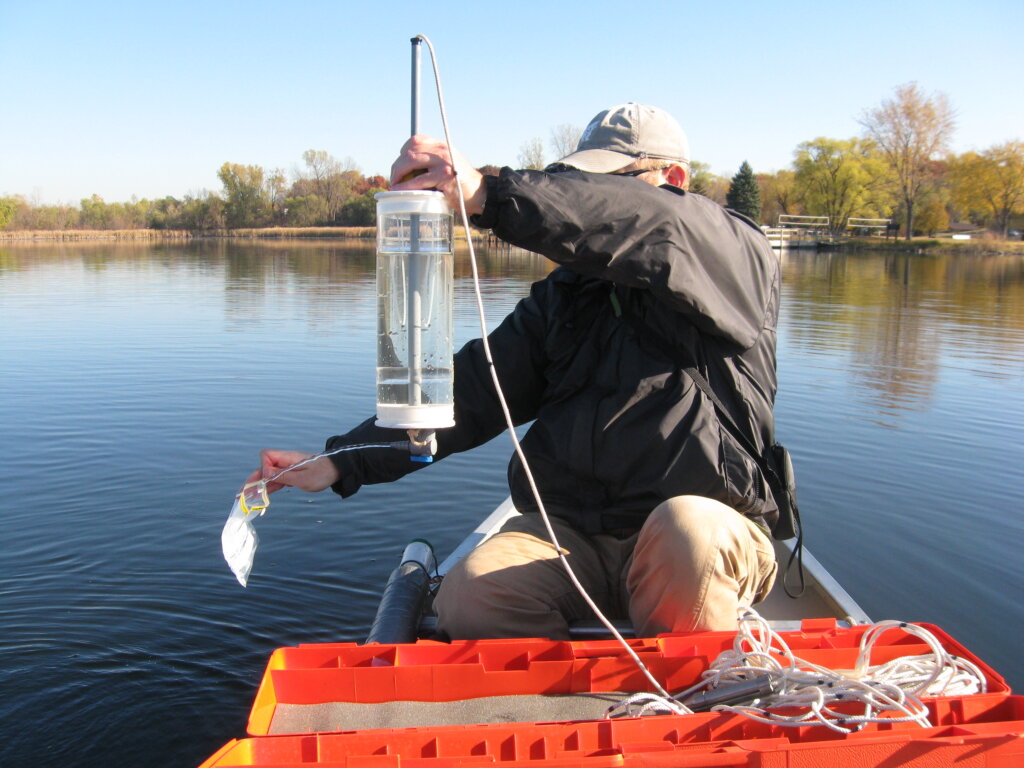
Common carp are ubiquitous within the Rice Creek Watershed. Although natural resources managers have long known that carp have a negative impact on lake ecology and water quality, recent research has shed light on the magnitude and mechanisms of their impact. Additionally, new management tools have been developed and tested by the University of Minnesota and their many partners. With this information and promising new tools, common carp management has the potential to drastically improve ecological function and water quality in many lakes around the Rice Creek Watershed and Minnesota.
There are many lakes, especially shallow ones in RCWD. Shallow lakes have average depths typically less than 15 feet. They can have a very diverse range of aquatic vegetation, including emergent plants, submerged plants, and floating plants. It’s important to protect and restore these plant communities for good water quality and clarity.
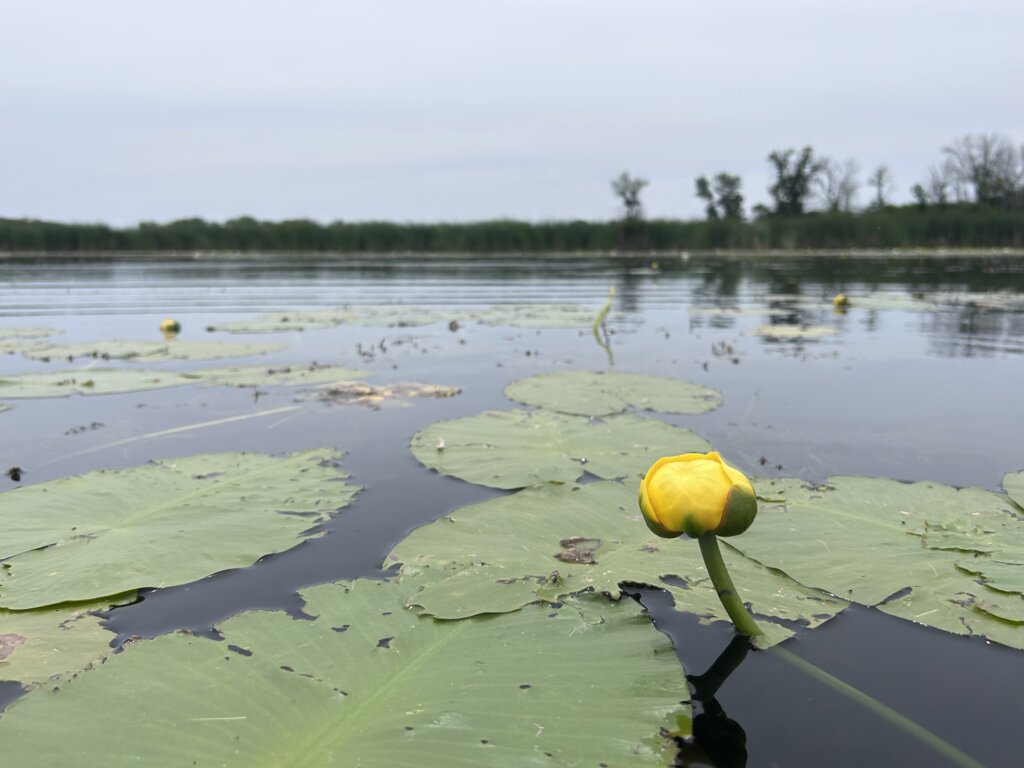
Aquatic native plants play a vital role in maintaining and improving water quality in aquatic ecosystems. Their root systems help stabilize shorelines and prevent erosion, they help maintain water clarity, absorb excess nutrients such as nitrogen and phosphorus. These plants have fish and aquatic life benefits as well.
The RCWD continues to support citizen lake monitoring through the Citizen Assisted Monitoring Program (CAMP). This program collects data about lake nutrients (phosphorus and nitrogen) as well as chlorophyll-a and water clarity.
In partnership with Friends of the Mississippi River and the MPCA. The SHEP team consists of 30 volunteers who monitor area streams and collect macro-invertebrate data that can be used to indicate overall stream health. This project trains volunteers to systematically collect and identify benthic macro-invertebrates.
Forests & Wetlands
Forests and wetlands play a crucial role in maintaining the health of watersheds. These natural ecosystems not only provide a visually appealing environment but also offer significant benefits in terms of stormwater management. The dense vegetation acts as a highly effective filter, absorbing and purifying stormwater before it reaches our precious lakes and streams.
Urban & Suburban
Urban and suburban areas are characterized by extensive impervious surfaces, including roads, buildings, and sidewalks. Unfortunately, these surfaces are unable to absorb stormwater, leading to several issues such as flooding and degraded water quality. Pollutants from city streets are directly carried by stormwater into nearby waterways. It is imperative to address these challenges and implement sustainable solutions to mitigate the negative impacts on our water resources.
Construction & Development
Although construction and development activities are relatively short-term land uses, they have the potential to cause significant harm to Minnesota’s lakes and streams. The staff of RCWD works closely with cities and developers to ensure that adequate measures are taken to safeguard water quality during these processes. Continuous monitoring is also carried out to identify and address both immediate and long-term impacts on the watershed.
Agriculture
Agricultural practices have a direct influence on the quality of nearby lakes and streams, either improving or deteriorating their condition. Several key concerns arise with agricultural land use, including soil erosion, reduced water clarity, and the introduction of pollutants such as nutrients into water bodies. It is crucial to adopt sustainable agricultural practices that minimize negative impacts on water resources and promote the overall health of lakes and streams.
TMDLs are one of the many tools RCWD uses to diagnose water quality issues in water bodies. RCWD has completed numerous TMDLs. TMDLs are comprehensive reports completed for water bodies in Minnesota to address and manage water pollution effectively. They provide a detailed assessment of the pollutants present in a water body and set specific limits or “loads” for each pollutant that can be discharged without compromising water quality. By identifying the major sources of pollution and establishing pollutant reduction goals, TMDLs help guide regulatory measures and best management practices to restore and maintain the health of water bodies.
Annual water quality report of lakes in the Rice Creek Watershed District.
Learn MoreA “report card” describing the health and water quality of all the lakes in the Rice Creek Watershed District.
Learn MoreFor more information on monitoring activities and water quality in the Rice Creek Watershed District, please contact:

